ANOUK SONDERMANN
Famous and prolific contemporary artist. Although originally from Germany, he actually moved and lived all his childhood in Iceland, where he came in contact with the early vanguardist currents of the plastic arts.
At the age of 17,he run away from his parent´s home and started a long peregrination all over asia, where he developed some of the concepts he now stands up for.
After that period, he settled down in Tokio, for applying (and being accepted) to the TITA,(Tokio Institute of Technology and Arts) a new and revolutionary education center, focused on teaching at the same time in artistic and technological branchs. This was an effort of the japanese education autorities, with the goal of promoting and upgrading the interconexions between art and technology.
In the 90´s he moved to the Canary Islands (Spain), where he, at last, considered found his real home, and he has developed the most of his artistical labour.
Recently he has passed a time in the USA, specifically in New York, benefiting of a fullbright scholarship. He has considered this time, that came at his fifties, as the best and most prolific period of his artistic life.
It´s well known by the people who surround him that remaings always in his mind, the fact of being living in the canaries, finally in the Agaete village, located in the north-west side of the Gran Canaria island. He always points in the big influences he took from the landscapes and the cultural richness of Agaete. As he said “the most wonderfull creation of human being after the Babilonia´s hanging gardens and the Halicarnaso´s mausoleum”.
Talking about his works, we must make an approach by his teorical contributions. When he started to travel all around the world, making differents jobs for the mere subsistence, he had the chance to make, during some months, a technical formation, and to work afterwards in a chemical plant in Calcuta. There he could make observations related with nature of the tecnichal work and it´s consecuences for the ambient and human beings living ways.
Mainly that, was the beggining of his artistical works based on the worries and interactions with the technical world, the energy supply matter and the recycling.
All that experiences helped him to bring to light a new current so called “ ecological hyperrealism”, it focus on the art as a mechanism for the tecnical succeding ,in the challenge of reaching the equilibrium point between the production and the adaption to the natural possibilities of the earth.
Abounding in this, from a technical point of view, we can analyze the most importants works, like his master piece “des-orden-accion” made in his Agaete´s workshop, and classicate them as a simple tailings reconverted in something superior, and with a very strong simbology, but overall, throught that reconversion it acquiiries a fixed place in the taxonomy of the artifacts, and a relevant position in the non-natural universe.
Throught his conception he is able to form an able way to live in conjuction with nature, starting from which was considered as the end of civilization chain.
Somehow, and this is the key of his art, he makes a technical catharsis, providing to the garbage a religious significate. As he wrote in his work diaries,” My duty and my destiny is to reach a new epifhany from the basis of the technological society, in order to enlighten the mankind, i´ll show the born of a new Jesus from a dump”
Published on www.molinu.org/node/78607
Famous and prolific contemporary artist. Although originally from Germany, he actually moved and lived all his childhood in Iceland, where he came in contact with the early vanguardist currents of the plastic arts.
At the age of 17,he run away from his parent´s home and started a long peregrination all over asia, where he developed some of the concepts he now stands up for.
After that period, he settled down in Tokio, for applying (and being accepted) to the TITA,(Tokio Institute of Technology and Arts) a new and revolutionary education center, focused on teaching at the same time in artistic and technological branchs. This was an effort of the japanese education autorities, with the goal of promoting and upgrading the interconexions between art and technology.
In the 90´s he moved to the Canary Islands (Spain), where he, at last, considered found his real home, and he has developed the most of his artistical labour.
Recently he has passed a time in the USA, specifically in New York, benefiting of a fullbright scholarship. He has considered this time, that came at his fifties, as the best and most prolific period of his artistic life.
It´s well known by the people who surround him that remaings always in his mind, the fact of being living in the canaries, finally in the Agaete village, located in the north-west side of the Gran Canaria island. He always points in the big influences he took from the landscapes and the cultural richness of Agaete. As he said “the most wonderfull creation of human being after the Babilonia´s hanging gardens and the Halicarnaso´s mausoleum”.
Talking about his works, we must make an approach by his teorical contributions. When he started to travel all around the world, making differents jobs for the mere subsistence, he had the chance to make, during some months, a technical formation, and to work afterwards in a chemical plant in Calcuta. There he could make observations related with nature of the tecnichal work and it´s consecuences for the ambient and human beings living ways.
Mainly that, was the beggining of his artistical works based on the worries and interactions with the technical world, the energy supply matter and the recycling.
All that experiences helped him to bring to light a new current so called “ ecological hyperrealism”, it focus on the art as a mechanism for the tecnical succeding ,in the challenge of reaching the equilibrium point between the production and the adaption to the natural possibilities of the earth.
Abounding in this, from a technical point of view, we can analyze the most importants works, like his master piece “des-orden-accion” made in his Agaete´s workshop, and classicate them as a simple tailings reconverted in something superior, and with a very strong simbology, but overall, throught that reconversion it acquiiries a fixed place in the taxonomy of the artifacts, and a relevant position in the non-natural universe.
Throught his conception he is able to form an able way to live in conjuction with nature, starting from which was considered as the end of civilization chain.
Somehow, and this is the key of his art, he makes a technical catharsis, providing to the garbage a religious significate. As he wrote in his work diaries,” My duty and my destiny is to reach a new epifhany from the basis of the technological society, in order to enlighten the mankind, i´ll show the born of a new Jesus from a dump”
Published on www.molinu.org/node/78607


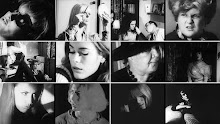











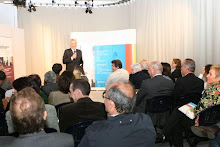

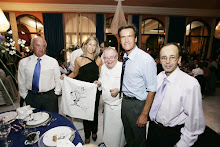
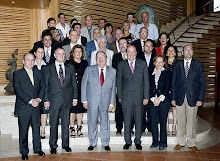














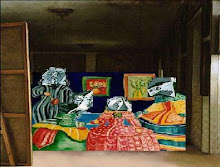



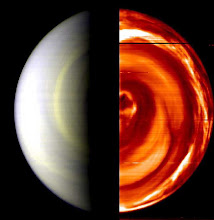






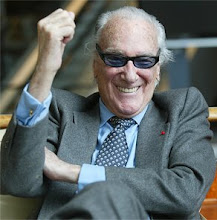


No hay comentarios:
Publicar un comentario